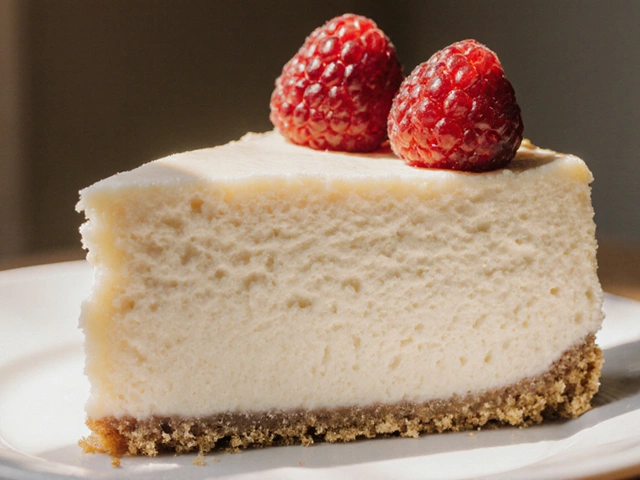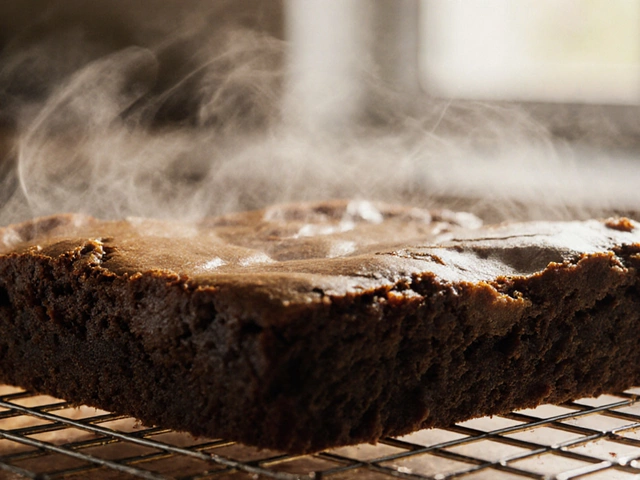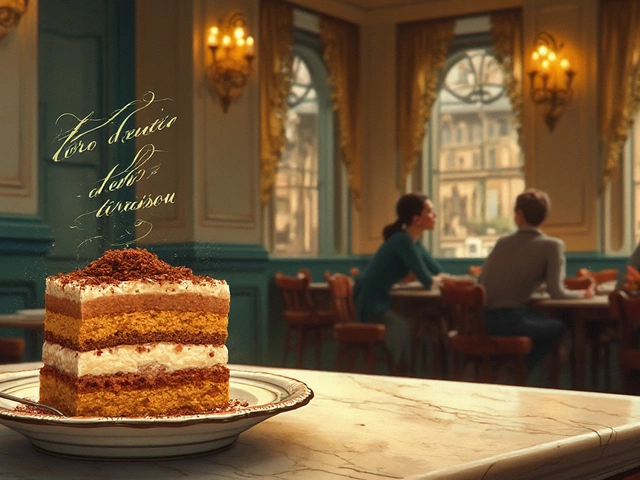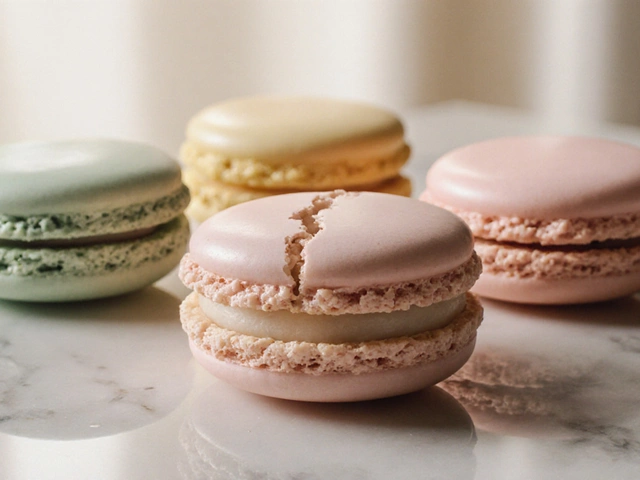Toffee Made Simple: Recipes, Tips, and Tricks
If you’ve ever bit into a crunchy, buttery piece of candy and wondered how it’s made, you’re in the right place. Toffee is basically caramel that’s cooked a bit longer, so it gets that firm snap and deep flavor. The good news? You only need a few pantry basics – sugar, butter, a pinch of salt, and a heavy‑bottom pot.
Basic Toffee Technique
The most common mistake is watching the temperature like a hawk instead of trusting the look and feel. You can skip a candy thermometer if you learn the soft‑ball and firm‑ball cues. When the mixture starts to swirl and turns a light amber, give it a gentle stir and keep an eye on the edges. As soon as the bubble crowns form and the color deepens to a rich golden‑brown, you’re close.
Here’s a fool‑proof step‑by‑step:
- Add 1 cup of granulated sugar, ¼ cup of water, and a pinch of salt to a clean pot.
- Heat over medium, stirring just until the sugar melts – no crystals should stick to the sides.
- Once it’s smooth, add ½ cup of butter in one go. The mixture will bubble hard; that’s normal.
- Reduce the heat to low and let it simmer. Watch for a thickening texture and a golden hue.
- When the syrup reaches the firm‑ball stage (around 250°F / 121°C) or when a small spoonful drops into cold water and holds a firm shape, turn off the heat.
- Stir in 1 tsp of vanilla or a little sea salt if you like a salted version.
- Pour onto a greased parchment sheet, spread thin, and let cool completely.
If the texture turns grainy, you probably stirred too much after the butter was added. Using a candy thermometer next time or only stirring while the sugar dissolves will keep it smooth.
Variations and Serving Ideas
Classic butter toffee is great on its own, but you can mix in nuts, chocolate, or dried fruit while the candy is still warm. For a chocolate drizzle, melt a handful of dark chocolate and pipe it over the set sheet, then sprinkle chopped almonds or pecans before the chocolate hardens for extra crunch. Stop cooking a little earlier for a softer, chewy caramel‑toffee hybrid.
Store your finished bars in an airtight container with a layer of parchment between each piece. In a cool, dry pantry they stay fresh for up to two weeks. In humid climates add a food‑grade silica packet, or keep them in the fridge and let them reach room temperature before serving.
Toffee makes a great topping for ice cream, stirred into hot coffee, or crumbled over brownies. Cut the sheet into bite‑size pieces and pack them in a simple tin for a holiday gift – kids love the snap, adults love the buttery depth.
The best part is that once you’ve mastered the basic batch, you can experiment with flavors without fear. Try espresso, orange zest, or a splash of bourbon for a grown‑up twist. Keep the pot clean, watch the color, and you’ll have perfect toffee every time.
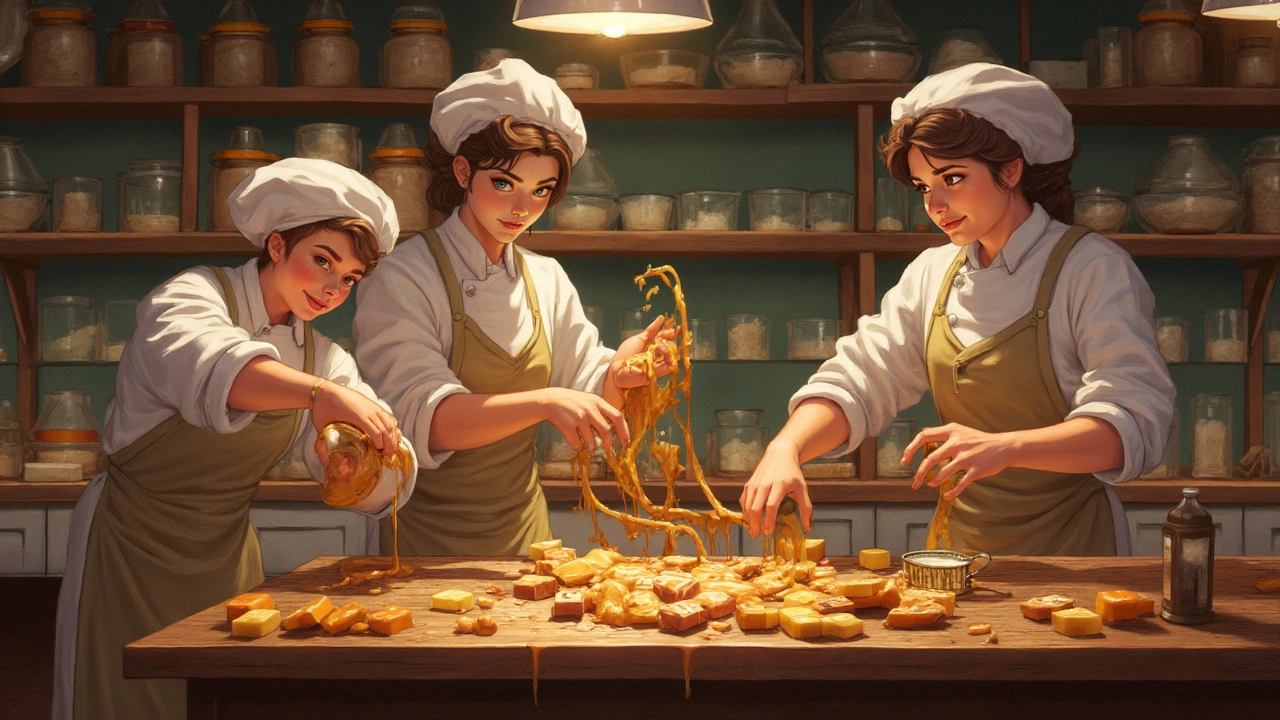
Toffee vs. Fudge: What's the Real Difference?
The sweet world of candy often blurs lines between toffee and fudge, leaving many dessert lovers curious about their differences. Dive into the key ingredients, textures, and cooking methods that set these two delicious treats apart, while also discovering how to best enjoy them at home. This article simplifies their distinct characteristics and offers tips for making perfect batches. Whether you're a sweet tooth newbie or a seasoned candy maker, this guide will satisfy your curiosity and your palate.
View More
